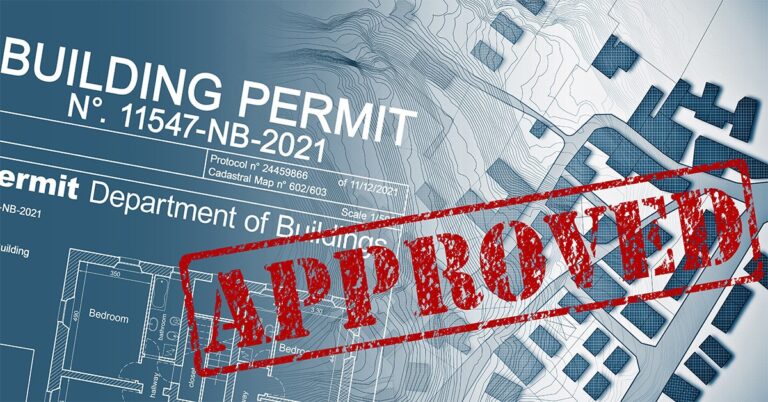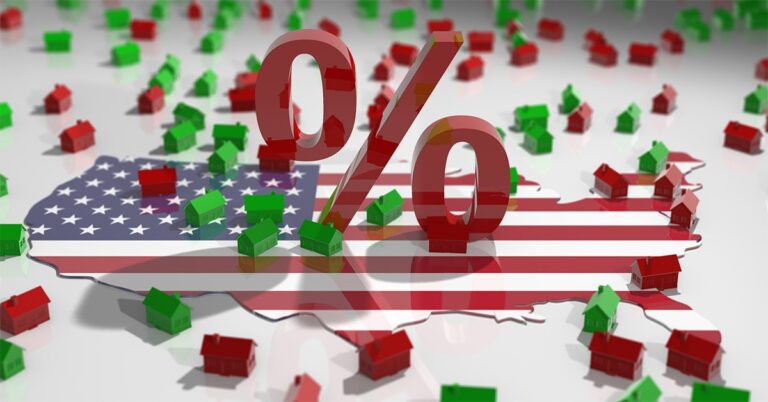Omicron? What omicron?
Despite burgeoning COVID-19 cases due to the most recent and highly contagious strain of the virus, the U.S. economy registered a strong showing in January by demolishing expectations with 467,000 new jobs added, according to the U.S. Bureau of Labor Statistics.
Economists polled by Reuters projected an increase of only 150,000 jobs, with some even predicting losses of up to 400,000. Before the report was released, officials from the Biden administration had gone so far as to make public statements cautioning that upcoming jobs numbers could prove disappointing.
As it turned out, all the concerns were unnecessary, at least for this month. With many businesses already dealing with staffing shortages, employers let fewer workers go compared to historic norms in January and boosted growth in some seasonally sensitive sectors, including retail (61,000 jobs added), and transportation and warehousing (54,000). Other sectors, however, also enjoyed robust hiring months. Leisure and hospitality, for example, added 151,000 jobs, driven by a large gain in food and drink establishment hiring (108,000 jobs added in January), while professional services added 86,000 workers.
“Some of the strongest employment gains were in sectors such as leisure and hospitality, which continues to recover from pandemic-induced slowdowns,” said Mike Fratantoni, senior vice president and chief economist for the Mortgage Bankers Association. “Also notable was the increase in transportation and warehousing jobs, evidence that progress is being made on supply chain constraints as additional workers enter the sector.”
Another major positive to the report were the revisions to November’s and December’s umbers, with the two months receiving an upward net revision of 709,000 jobs. Additionally, wages saw their largest yearly growth since May 2020. While earnings growth can sometimes be artificially inflated by weak job growth in lower-paying industries, January’s wage increase came despite the aforementioned solid gains in retail and hospitality. Fratantoni noted that the annual hourly wage increase of 0.7% remained below the pace of inflation and continues to hamper consumer purchasing power, but he added that rising wages will support housing demand in 2022.
Moreover, while the unemployment rate inched up to 4% from 3.9% in December, this increase was partially due to easing of the labor supply. The labor-force participation rate grew to 62.2% — a new high since the onset of the COVID-19 pandemic.
“The increase in the labor-force participation rate is positive in that it shows that employment still has room to run, and that many people who had left the full-time labor force may well venture back in eventually,” Fratantoni said. “While we still expect that the unemployment rate will fall to 3.5% by the end of 2022, there is the potential for it to drop lower if this pace of hiring were to continue.”
As for the job report’s direct impacts to housing, employment in construction showed little change. Total construction employment was down, but hiring in residential construction grew slightly.








